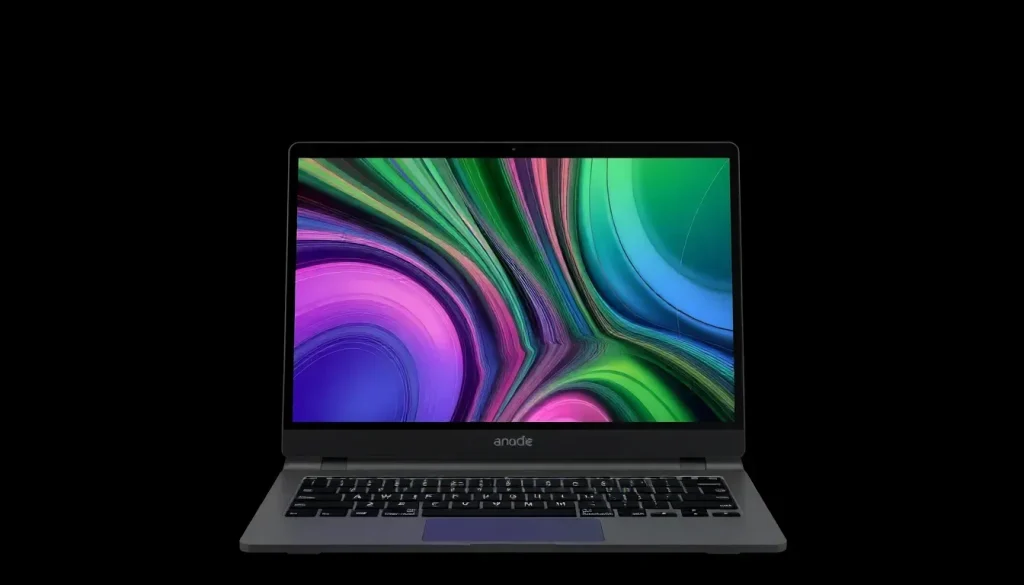Android PC: Google’s New Attempt at Unified Computing

The dream of a unified computing experience, where a single device seamlessly transitions between mobile and desktop environments, has been a long-standing aspiration in the tech world. This quest has seen many ambitious efforts crumble under their own weight, but recent developments suggest we might be on the brink of a breakthrough.
As we look toward 2025, Google is making significant strides in this direction through a strategic partnership with Qualcomm, aiming to popularize Android-based PCs. Unlike previous Chromebook initiatives, this is a bold attempt to integrate the world's leading mobile operating system into the laptop space, potentially revolutionizing how we perceive personal computing.
- Understanding the Android PC Initiative
- The Lessons from Microsoft's Windows 8 Failure
- Google's Smartphone-First Strategy: A Natural Progression
- Addressing Marketing Challenges for Success
- A New Era in Computing Form Factors
- The Competitive Landscape: Implications for Apple and Microsoft
- Exploring Future Possibilities: The Android PC's Role
Understanding the Android PC Initiative
Google's foray into the realm of Android PCs is not merely an attempt to create another laptop; it represents a calculated challenge to the entrenched Windows PC market and Apple's tightly knit ecosystem. To succeed where others have faltered, particularly in the context of Microsoft's Windows 8, Google must navigate carefully through familiar pitfalls.
The aim is clear: to leverage Android's dominant position in mobile computing and extend its functionalities to the desktop, thereby creating a versatile computing solution that could redefine user expectations.
The Lessons from Microsoft's Windows 8 Failure
To grasp the potential success of the Android PC, it is essential to analyze the shortcomings that plagued Microsoft's unified operating system strategy with Windows 8. This initiative aimed to adapt the desktop OS for mobile use, but it encountered insurmountable obstacles.
The key issues were:
- The app gap: The lack of popular applications on the Windows platform alienated users. Essential apps like Snapchat and Gmail were missing, leaving users frustrated.
- Poor user experience: The Metro UI, designed for touch interfaces, was ill-suited for traditional desktop environments, leading to confusion among users accustomed to mouse and keyboard navigation.
- Brand loyalty: Users had little incentive to switch platforms, given the absence of compelling features that differentiated Windows Phone from iOS and Android.
These missteps taught us that simply compressing a desktop OS to fit a mobile environment does not guarantee success. Instead, Google’s strategy is fundamentally different, scaling a robust mobile OS up to meet desktop demands.
Google's Smartphone-First Strategy: A Natural Progression
Google's approach to the Android PC is a refreshing inversion of Microsoft's failed strategy. Rather than shrinking a desktop OS, Google seeks to expand a thriving mobile OS. This smartphone-first strategy has several advantages:
- Established app ecosystem: The Google Play Store boasts a vast array of applications, making it easy to attract developers who can optimize existing apps for a more extensive screen.
- User familiarity: With billions of users already accustomed to Android, transitioning to an Android PC promises a smooth experience without steep learning curves.
- Integration capability: Android PCs can seamlessly integrate with existing smartphones, offering users a unified experience across devices.
This strategy positions Google uniquely in the market, leveraging its existing strengths to create a compelling product that could resonate with consumers.
Addressing Marketing Challenges for Success
Despite its engineering capabilities, Google has historically struggled with marketing clarity. Products like Google+ and Stadia have suffered from poor branding and messaging, often failing to communicate their value effectively.
To avoid repeating history, Google must articulate a clear, compelling reason for consumers to invest in an Android PC. Key questions arise:
- What unique benefits does an Android PC offer compared to existing Windows or Chromebook options?
- How can Google ensure that consumers perceive sufficient value in its new offering?
- What marketing strategies can effectively highlight the advantages of an Android PC?
Without a robust marketing campaign that emphasizes the potential for seamless app continuity and user experience, Google risks its Android PC initiative becoming just another forgettable entry in a crowded market.
A New Era in Computing Form Factors
If Google navigates its marketing challenges successfully, the Android PC could herald a new era in how we think about computing. Imagine a world where your smartphone becomes the central hub for all your computing needs.
Consider the possibilities:
- Your phone contains all your apps and data.
- At your desk, you dock your phone to access a full desktop experience with a keyboard and monitor.
- On the move, you connect your phone to a lightweight mobile shell for productivity.
This vision aligns with ongoing developments in mobile technology. Samsung's DeX platform has explored similar concepts, but Google's backing could solidify this approach as the industry standard, potentially phasing out the need for dedicated PCs.
The Competitive Landscape: Implications for Apple and Microsoft
The rise of Android PCs poses strategic challenges for both Apple and Microsoft. Apple's ecosystem, with its separation of iOS, iPadOS, and macOS, could become increasingly inefficient as users demand more integrated solutions. Google's flexible, ad-driven model allows it to merge its ecosystem without compromising revenue streams, creating a more cohesive experience.
For Microsoft, the threat is immediate. Affordable Android PCs powered by efficient Qualcomm chips directly compete with Windows laptops, forcing Microsoft to enhance its own offerings. The company must focus on:
- Improving its Windows on Arm experience.
- Ensuring compatibility with legacy applications.
- Capitalizing on its strengths in enterprise software and professional applications.
As the landscape evolves, both companies must adapt to maintain their market positions amidst the rise of smartphone-centric computing solutions.
Exploring Future Possibilities: The Android PC's Role
The introduction of Android PCs signifies more than just a new product; it could reshape our understanding of what constitutes a personal computer. By blurring the lines between smartphones and laptops, Google may pave the way for a future where the smartphone is the primary computing device.
This shift will challenge traditional notions of hardware and software, leading to innovative solutions that prioritize user experience across various contexts. As we glimpse into this future, the Android PC stands at the forefront of a significant technological evolution.
As a side note, the latest Wacom MovinkPad 11 is also making waves in the tech world, addressing the needs of digital artists with its advanced features and exceptional display technology. For more on this, check out the following video:
As we navigate these exciting developments, the intersection of mobile and desktop computing holds the potential to redefine our digital experiences, making the Android PC an initiative worth watching closely.




Leave a Reply